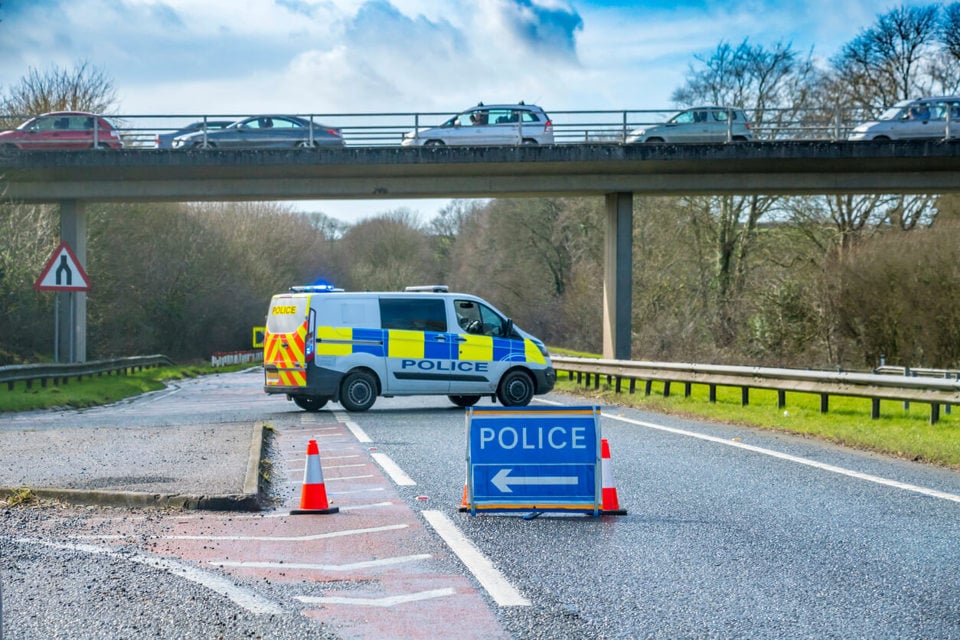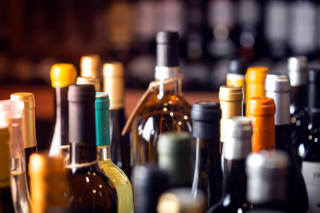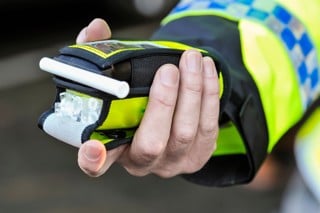There were 220 deaths on Britain’s roads in 2020 where a motorist was over the drink drive limit, only slightly down on 10 years ago when there were 240 fatalities.
Drunk drivers accounted for 15% of road deaths.
Final figures for 2020 released by the Department for Transport (DfT) estimate a total of 6,480 people were killed or injured in drink drive accidents.
This represented a fall of 17% from 7,800 in 2019 and is the lowest figure recorded.
The total number of collisions where at least one driver was over the alcohol limit decreased by 14% to 4,620 in 2020, the lowest number of drink-drive collisions recorded.
Around 6% of all road casualties involved a drunk driver.
The DfT, however, said it is important to note that the number of reported drink-drive collisions and casualties is likely to have been impacted by the Covid-19 pandemic in 2020 and the national restrictions implemented from March 2020 onwards leading to a reduction in traffic and collisions.
The falls in drink-drive collisions between 2019 and 2020 are broadly in line with the reduction in overall road collisions over the same period.
Hunter Abbott, managing director of breathalyser firm AlcoSense, said: “The fall in overall drink drive casualties needs to be viewed in the context of Covid.
“Traffic was down by a quarter in 2020, with weekdays slumping to 35% of pre-Covid levels in April.
“What these figures don’t tell you, however, is how many more casualties were caused by ‘lethal but legal’ drivers – those who were above the point of intoxication where effects on cognitive function occur, but below the official drink drive limit.
The drink-drive limit in England, Wales and Northern Ireland is the highest in Europe and the joint highest anywhere in the developed world.
“The UK Government should bring our limit down to help remove legal but lethal drivers from our roads,” added Abbott, who is also a member of the Parliamentary Advisory Council for Transport Safety (PACTS).
RAC road safety spokesperson Simon Williams welcomed the overall picture of the number of drink-drive-related collisions on our roads being at a record low.
However, he also noted that the figures were gathered during the height of the pandemic. “Unfortunately, the wider picture shows the percentage of drink-drive fatalities on our roads as a proportion of all fatalities has increased, meaning the campaign against drink-driving is just as important as it has ever been,” he said.
“Drivers themselves tell us they want to see more roadside breathalyser testing taking place as well as alcolocks fitted to vehicles of repeat drink-drivers to prevent them from reoffending. Our message is simple and stark: if you’ve been drinking, don’t drive.”
























Login to comment
Comments
No comments have been made yet.